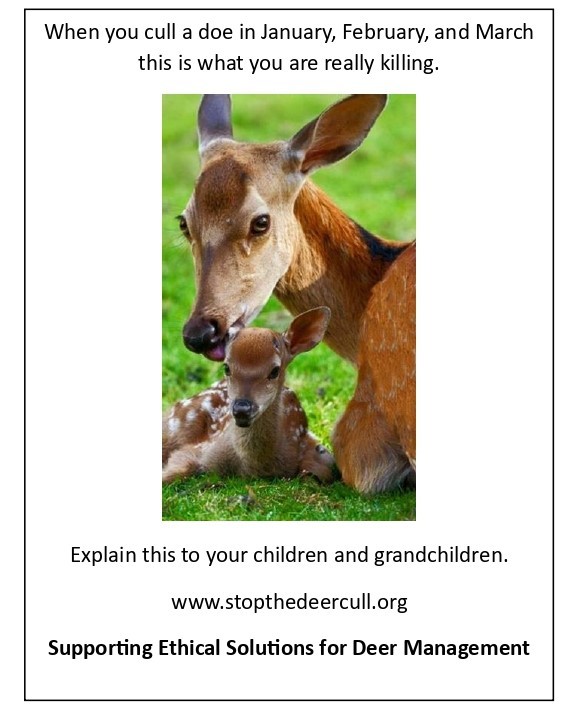The question of how many people the Earth can realistically
support has intrigued scientists and thinkers for centuries. This
concept is often referred to as “carrying capacity”, which represents
the maximum population size an environment can sustain indefinitely.
Let’s explore some perspectives on this matter:
Historical Debates:
The debate about Earth’s carrying capacity dates back hundreds of years.
Influenced by the work of Thomas Malthus, estimates have varied
significantly—from as low as 500 million people to more than one
trillion.
However, the majority of studies converge on a more conservative
estimate: Earth’s capacity lies at or below 8 billion people1.
Resource Consumption and Quality of Life:
Resource consumption plays a crucial role. Different populations consume
resources unevenly. For instance:
An average middle-class American consumes 3.3 times the subsistence
level of food and nearly 250 times the subsistence level of clean water.
If everyone lived like a middle-class American, Earth’s carrying
capacity might be around 2 billion.
But what if people only consumed what they truly needed? In that case,
Earth could potentially support a much higher figure.
Quality of life matters too. While Earth might theoretically support
over one trillion people, their quality of life—whether they scrape by
on minimal resources or lead enjoyable lives—remains a critical
consideration.
As Mahatma Gandhi wisely said, “The world has enough for everyone’s
need, but not enough for everyone’s greed.”
Our Role in Sustainability:
Developed, westernized countries are both the highest consumers of
resources and the largest producers of waste.
It’s time to reflect on our consumption patterns and consider how we can
contribute to a healthy future for Earth and everyone on it.
In summary, while the exact number remains uncertain, our collective
responsibility lies in balancing resource use, promoting sustainability,
and ensuring a better quality of life for all.
|
LiveScience reports that the Earth's total capacity is around
nine or ten billion people. After that, there will not be enough
resources to fully sustain every living person on this planet.
The current human population on Earth is
Click Here
At more than eight (8) Billion humans we are at or near the
population the earth can sustain, so does that mean governments will
start to cull humans. If the same logic is applied to us as we apply to
deer the answer is yes. We can protect ourselves by first protecting the
deer. We must stand against population control by means of murder.
The insanity of deer culls in Michigan is clearly demonstrated by
numerous efforts of the DNR to reduce the number of deer in the lower
peninsula including numerous culls while the upper peninsula has a severe
shortage of deer.
Of course the DNR never considers
relocating deer from the lower
to the upper peninsulas. They want to
kill Gray Wolves to solve the problem and would if the endangered
species act did not protect them.
In Michigan, the federal protections for gray wolves have been
restored by a federal judge. This means that gray wolves can only be
killed in Michigan if they pose an immediate threat to human life. The
state Department of Natural Resources enforces this regulation. If
someone kills a wolf, they are required to report it to authorities and
could face up to 90 days in jail or a fine of $1,000.

|